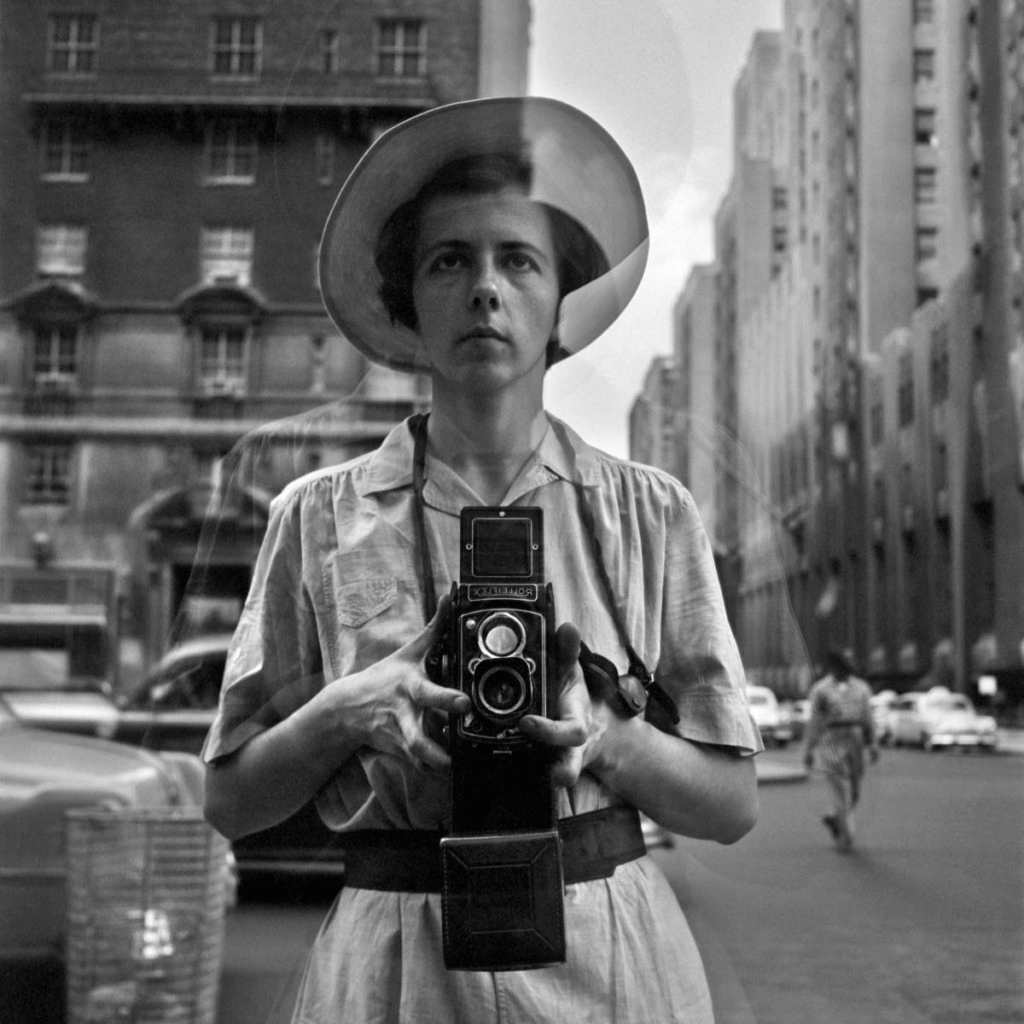Facts About Framing Streets Revealed
Wiki Article
Get This Report about Framing Streets
Table of ContentsThe Only Guide for Framing StreetsThe Main Principles Of Framing Streets How Framing Streets can Save You Time, Stress, and Money.Not known Facts About Framing StreetsFraming Streets Things To Know Before You BuyUnknown Facts About Framing Streets
Digital photography style "Crufts Pet Program 1968" by Tony Ray-Jones Street photography (likewise sometimes called honest digital photography) is digital photography conducted for art or query that features unmediated opportunity experiences and arbitrary occurrences within public areas, typically with the objective of capturing images at a definitive or poignant moment by mindful framing and timing. 
The 9-Minute Rule for Framing Streets
Susan Sontag, 1977 Street photography can concentrate on people and their habits in public. In this regard, the street professional photographer resembles social documentary digital photographers or photojournalists that likewise work in public areas, yet with the goal of catching relevant events. Any of these photographers' photos may catch people and residential property noticeable within or from public areas, which frequently involves navigating moral issues and regulations of personal privacy, security, and residential or commercial property.Representations of everyday public life create a category in virtually every period of globe art, starting in the pre-historic, Sumerian, Egyptian and very early Buddhist art periods. Art managing the life of the street, whether within sights of cityscapes, or as the dominant concept, shows up in the West in the canon of the North Renaissance, Baroque, Rococo, of Romanticism, Realistic look, Impressionism and Post-Impressionism.
The Framing Streets Diaries
Louis Daguerre: "Blvd du Holy place" (1838 or 1839) In 1838 or 1839 the initial photograph of figures in the street was taped by Louis-Jacques-Mand Daguerre in one of a pair of daguerreotype sights taken from his studio home window of the Blvd du Holy place in Paris. The 2nd, made at the elevation of the day, reveals an unpopulated stretch of road, while the other was taken at about 8:00 am, and as Beaumont Newhall reports, "The Resources Boulevard, so constantly loaded with a relocating bunch of pedestrians and carriages was completely solitary, other than a person who was having his boots brushed., who was motivated to take on a comparable documentation of New York City. As the city established, Atget assisted to advertise Parisian roads as a deserving subject for photography.

The Only Guide for Framing Streets
Martin is the initial tape-recorded photographer to do so in London with a masked video camera. Mass-Observation was a social research study organisation established in 1937 which aimed to tape daily life in Britain and to record the reactions of the 'man-in-the-street' to King Edward VIII's abdication in 1936 to wed separation Wallis Simpson, and the succession of George VI. Andre Kertesz.'s extensively admired Images la Sauvette (1952) (the English-language edition was labelled The Decisive Minute) promoted the idea of taking a photo at what he described the "decisive moment"; "when form and content, vision and structure merged into a transcendent whole" - photography presets.6 Easy Facts About Framing Streets Explained
, then a teacher of young kids, connected with Evans in 193839.'s 1958 publication,, was significant; raw and commonly out of focus, Frank's photos examined conventional photography of the time, "challenged all the official rules laid down by Henri Cartier-Bresson and Walker Evans" and "flew in the face of the wholesome pictorialism and heartfelt photojournalism of American publications like LIFE and Time".Report this wiki page